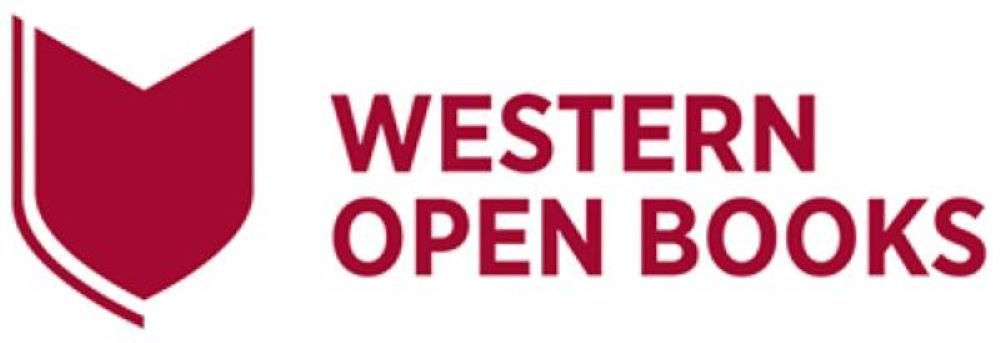25 Referencing Books
Learning Objectives
In this chapter, we will demonstrate how to reference books in several formats.
- Books in print format
- eBooks in electronic format
- Open access books
- Edition information
- Chapter in a book
- Dictionaries and encyclopedias
Referencing books
Books are one of the most common academic sources for your assignment. Follow the specific punctuation in the following examples including:
- Author expressed as Last name, initial with no full stops after the initials
- Publishing date expressed as four-digit year only, with no day, month or parenthesis
- Title is in italics with capitals minimised. No capital after a colon.
- Publisher name omits unnecessary words such as “publishing company”, “publishers” or “Pty Ltd”.
- Publisher location is the location of the head office of the publishing house.
- Date accessed ( if found online)
- URL or database location (if found online)
Books in paper format
Reference list format:
Author, Publishing year, Title, Publisher, Publisher location.
Example:
Wright, A 2018, Tracker: stories of Tracker Tilmouth, Giramondo, Artarmon, NSW.
In-text citation: (Wright 2018) or Wright (2018)
eBooks in electronic format
Reference list format:
Example:
In-text citation: (Datta, Sandeep & Kutzewski 2021) or Datta, Sandeep and Kutzewski (2021)
Open Access Books
Reference list format:
Author, Publishing year, Title, Publisher , Publisher location, viewed date, database name/URL.
Example:
Morris, J & Zwart, J 2020, Business writing style guide, Oregon State University, viewed 15 June 2021, <https://open.umn.edu/opentextbooks/textbooks/business-writing-style-guide>.
In-text citation: (Morris & Zwart 2020) or Morris and Zwart 2020
Recording edition information
Reference list format:
Author, YEAR, Title, Edition, Publisher, Publisher location, viewed date, database name/URL.
Example:
Mautz, S 2021, Leading from the middle: a playbook for managers to influence up down and across the organisation, 2nd edn, John Wiley, Hoboken, NJ, viewed 15 June 2021, eBook Central database.
Intext citation: (Mautz 2021) or Mautz (2021).
Consider this textbook used in your writing
- Consider this textboook used in your writing © Western Sydney University, created by Western Sydney University Library is licensed under a CC BY-NC-SA (Attribution NonCommercial ShareAlike) license
Referencing a chapter in a book
Chapter in a book, wholly by the same author
Reference list format:
Author, YEAR, ‘Chapter title’, in Book title, Publisher, Publisher location, viewed date, database name or URL, page numbers.
Example:
Krishnakumar A & Tee, MJY 2021, ‘Map the trip’ in Restartup: a founder’s guide to crisis navigation, John Wiley, West Sussex, UK, viewed 15 June 2021, eBook Central database, pp. 53-72.
In-text citation:
(Krishnakumar & Tee 2021) or Krishnakumar and Tee (2021).
Chapter in an edited book as a collection of readings ( where every chapter has a different author).
This chapter: Critical Discourse Analysis by Norman Fairclough
In this book: The Routledge Handbook of Discourse Analysis edited by James Gee and Michael Handford
Reference list format:
Chapter author, YEAR, Chapter title, in Editors, Book title, Publisher, Publisher location, Viewed date, Database name/URL, page numbers.
Example:
Fairclough, N 2013, ‘Critical discourse analysis’, in J. Gee & M. Handford (eds), The Routledge handbook of discourse analysis, Routledge, London, viewed 15 June 2021, Taylor & Francis database, pp. 9-20.
It is quite common for a book to be a collection that has been compiled as an edited book. Every chapter may have a different author, or authors.
In these cases, you are required to give the primary credit to the author of the chapter in your in-text citation and then reference the details of the book and editors in your reference list.
In-text citation: only cite the chapter author (Fairclough 2013).
Dictionaries and Encyclopedias
When referencing an entry from a dictionary or an encyclopedia with no author there is no requirement to include the source in the reference list. In these cases, only cite the title and year of the source in-text.
…provides human nourishment( Encyclopedia of global industries 2007).
OR
The Encyclopedia of global industries (2007) defines agriculture...
For an authored dictionary/encyclopedia, treat the source as an authored book.
Kurian, TK 2013, The AMA dictionary of business and management, Amacom, New York, viewed 15 June 2021, Proquest eBook Central database
…provided human nourishment from agriculture (Kurian 2013).
OR
Kurian (2013) defines agriculture…..
- Harvard WesternSydU: Referencing a book © Western Sydney University, created by Western Sydney University Library is licensed under a CC BY-NC-SA (Attribution NonCommercial ShareAlike) license
Chapter Review
- Rules for referencing books apply to all physical and electronic books
- Reference the entire book and use page numbers to direct your reader if necessary
- Find the publisher and date details for a physical book on the reverse side of the title page
- Include the location/database for electronic books
- Follow the rules outlined in the Harvard WesternSydU style guide (PDF 2.7MB) [1]
- Western Sydney University Library, Referencing & Citation, https://library.westernsydney.edu.au/students/referencing-citation#:~:text=Harvard%20WesternSydU ↵

